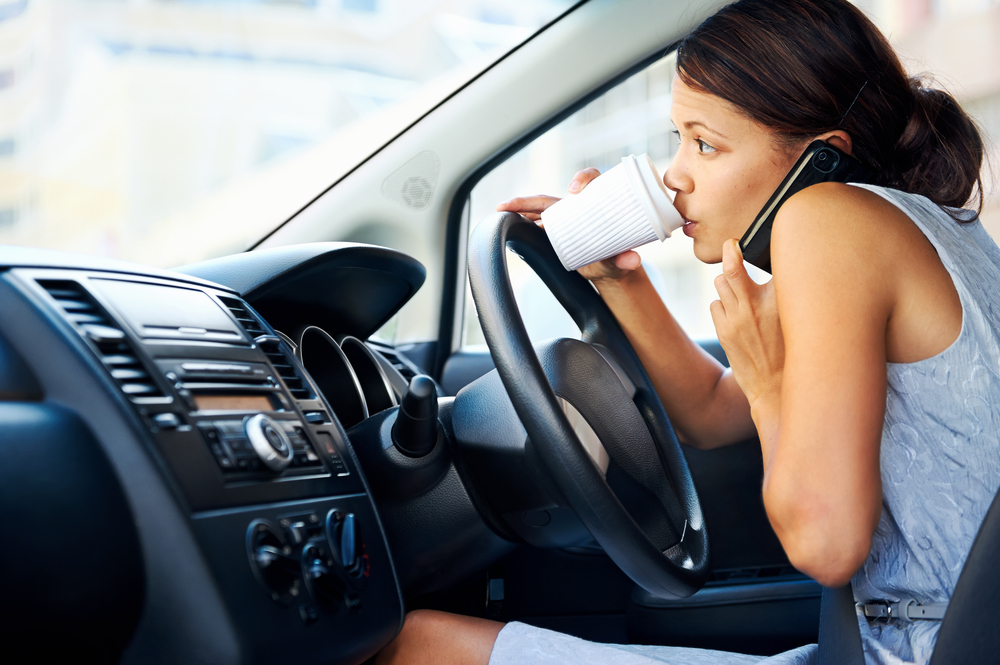
Driving carelessly on the roads is not just dangerous to the driver and the community, it’s also an offence. According to Section 62 of the Road Traffic Act WA (henceforth: the Act): “Every person who drives a motor vehicle without due care and attention commits an offence”.
A traffic offence is a form of a criminal offence.
This blog will answer this question and more.
What is careless driving?
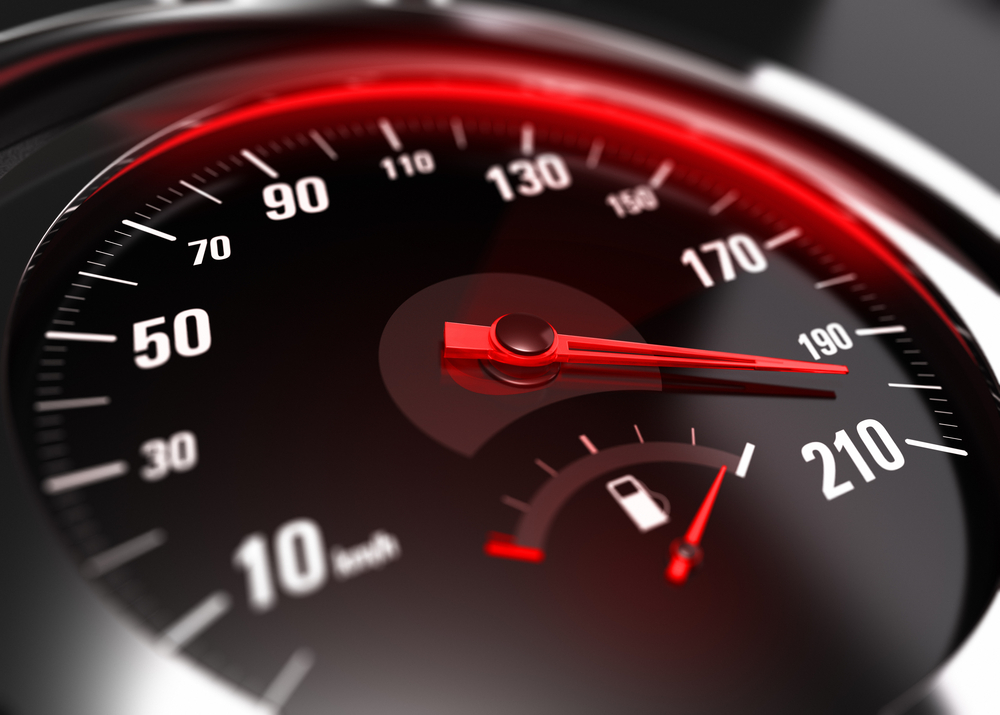
According to the Act, careless driving involves driving without due care and attention. This could be a momentary lapse in attention or other factors impacting a driver’s ability to concentrate on the road. This could result in any of the following:
- Running a red light
- Swerving dangerously
- Forgetting to indicate or use appropriate lights
- Ignoring traffic rules and regulations
How bad is careless driving?
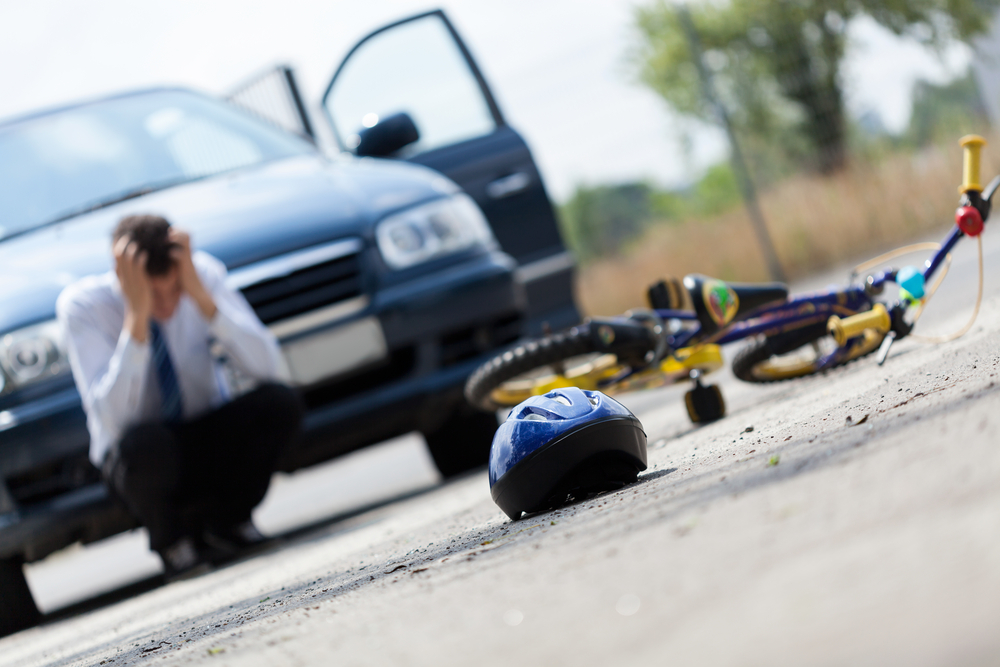
Careless driving does not always result in a serious injury, however, it can be dangerous. And many road accidents often involve careless or poor driving in the first place. Ultimately, careless driving puts both the driver in question and those around them at risk of an accident.
Is careless driving a criminal charge?
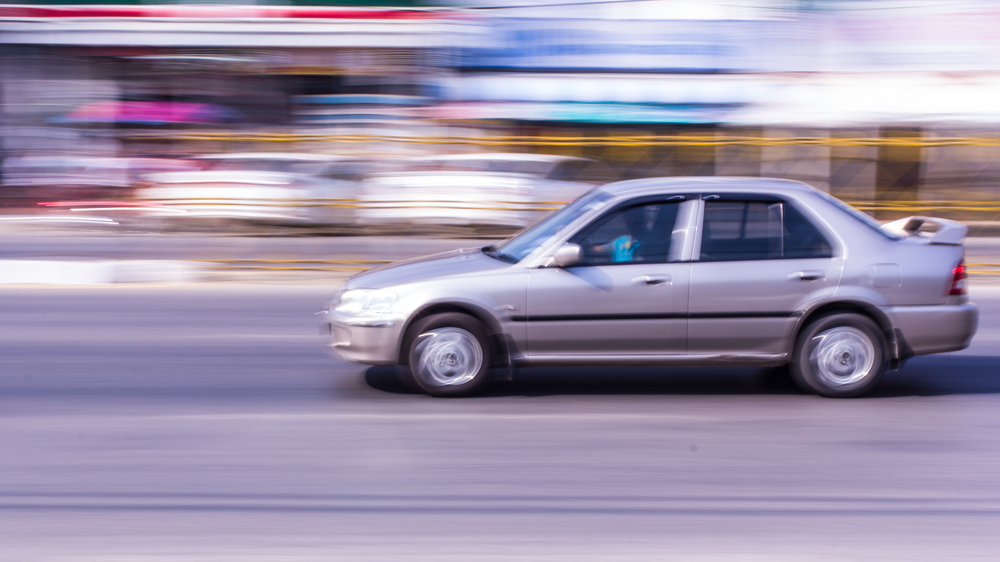
Careless driving is dealt with by the Road Traffic Act WA, meaning it is a road traffic charge. While not dealt with by the WA Criminal Code, careless driving can result in more serious charges which do have criminal liability. See more on this below. In Western Australia, careless driving is an offence that carries a penalty fine of 30 penalty units (PU), resulting in a fine of up to $600. Police will have to prove in court that the driver was in fact driving without due care or attention, but unlike dangerous driving charges – they don’t need to prove intent.
Careless driving on L or P plates
If a person is on their L or P plates and is charged with careless driving they will automatically lose their driver’s licence. If you’ve lost your driver’s licence you can apply for an extraordinary licence after 3 weeks from when the disqualification was made. Read our blog post about extraordinary licences to learn more.
Careless driving vs reckless driving: what’s the difference?
The main difference between careless driving and reckless driving is how the vehicle is being driven.
Subsection 60 of the Act states that “a motor vehicle is driven in a reckless manner if it is driven in a manner (which expression includes speed) that is inherently dangerous or that is, having regard to all the circumstances of the case, dangerous to the public or to any person”.
This can involve driving at speeds of over 155km/h on any road or 45km/h over the speed limit. Otherwise, the test for whether a person should be charged with reckless driving is whether the manner of driving at the time of offending is objectively serious enough for it to be “inherently dangerous” to the public, or to any other person. This involves the consideration of the time of offending, the place of offending and the circumstances of offending.
Penalties for careless driving vs reckless driving
A reckless driving charge also carries a higher penalty than careless driving. Instead of paying just a fine, reckless driving also carries terms of imprisonment, depending on the circumstances of the offending. Section 60B of the Act provides punishments for reckless driving:
- First offence: fine of 120 PU o imprisonment for 9 months; and
- Second offence: fine of 180 PU or imprisonment for 9 months; and
- Third or subsequent offence: fine of 240 PU or imprisonment for 12 months.
Does careless driving give you a criminal record?
A conviction of careless driving will appear on the driver’s police record for a period of 10 years – unless the driver gains a spent conviction. In line with Section 24 of the Road Traffic (Authorisation to Drive) Act 2008 (WA), a driver may also apply to the court to have a licence suspension removed after a ten-year period.
Is doing burnouts considered an offence?
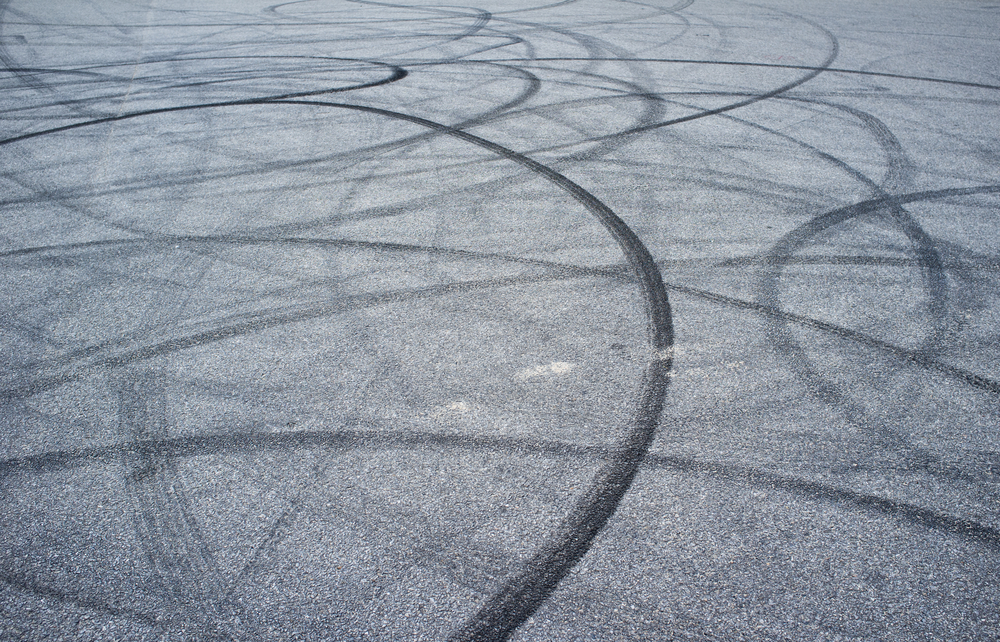
Yes. According to the Act, “a person commits an offence if the person willfully drives a motor vehicle so as to cause one or more of its tyres to create smoke or excessive noise in or on or leave a substance on the driving surface of:
- a confiscation zone;
- (b) any other length of road;
- (c) a car park.
Driving a car in the above manner also carries 30 PU.
Careless driving causes death, grievous bodily harm, or bodily harm
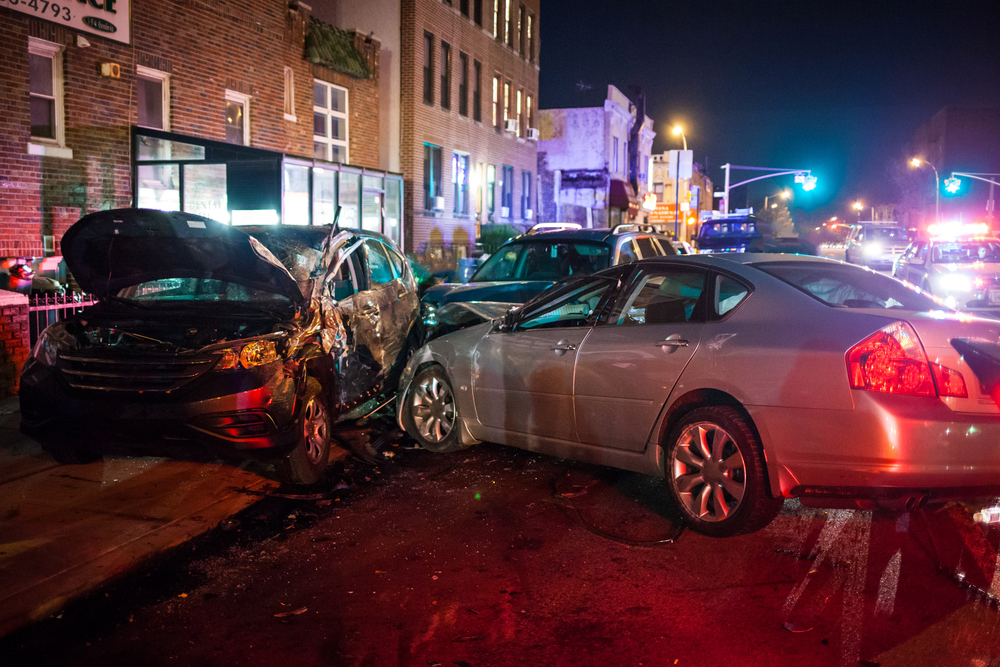
Careless driving can result in more serious accidents and injuries resulting in death, grievous bodily harm, or bodily harm.
Section 59BA states that a driver commits an offence when he or she is: “involved in an incident occasioning the death of, or grievous bodily harm or bodily harm to, another person and the driver was, at the time of the incident, driving the motor vehicle without due care and attention”. The maximum penalty is also laid out as being:
- Imprisonment for 3 years; or
- A fine of 720 PU.
- In any event: licence disqualification for a minimum period of 3 months.
What happens if you are charged with careless driving?
If the driver is charged with careless driving, they will be ordered to pay a fine and potentially face licence disqualification. If a driver is involved in careless driving causing death, grievous bodily harm or bodily harm, the penalty can carry a period of imprisonment.
Can a police officer be charged with reckless driving?
Pursuant to Section 61B of the Act, a driver of a motor vehicle is not guilty of an offence under section 60A if —
- The driver is on official duty as a police officer and the driving is substantially in accordance with the Commissioner’s policies and guidelines relating to driving, applicable at the time of the driving, and any direction given under such a policy or guideline;
- The driver is on official duty responding to a fire or fire alarm;
- The driver is on official duty responding to an emergency or rescue operation where it is reasonable to assume that human life is likely to be in danger;
- The motor vehicle is an ambulance and is being used to answer an urgent call or to convey a person to a place for the provision of urgent medical treatment.
Depending on whether you are charged with careless driving, dangerous driving or reckless driving, there are other factors you should consider before you decide to enter a plea, including but not limited to:
- Identity- ie, were you the driver;
- Whether there was anyone present on the road;
- Weather;
- What evidence does the prosecution have that you have driven in such a manner that could constitute an offence;
- The circumstances of offending;
- The driver’s medical circumstances;
- In careless driving charges, whether the manner of driving was “without due care or attention”;
- In dangerous driving charges, whether the manner of driving was “dangerous” to the public or to any other person;
- In reckless driving charges:
- Whether the manner of driving was “inherently dangerous” to the public or any other person;
- Whether you spend more than 144 km/hr at any stretch of road or have driven above 45km/hr above the designated speed limit.
- Case laws are relevant and similar to your case.
Hire a qualified lawyer today
If you have been charged with a careless driving offence, it’s good to know where you stand. At WN Legal, our team of specialist criminal defence lawyers Perth will stand with you and get the best possible result in court.
Reach out to our team of traffic lawyers today for expert representation and legal advice.
Readers of this website should contact their attorney for advice on any particular legal matter. Only your attorney can provide assurances that the information contained herein and your interpretation of it are applicable or appropriate to your situation. No reader, user, or browser of this site should act or refrain from acting based on information on this site without first seeking legal advice from counsel in the relevant jurisdiction. Use of, and access to, this website or any of the links or resources contained within the site do not create an attorney-client relationship between the reader, user, or browser and website authors, contributors, contributing law firms, or committee members and their respective employers.







